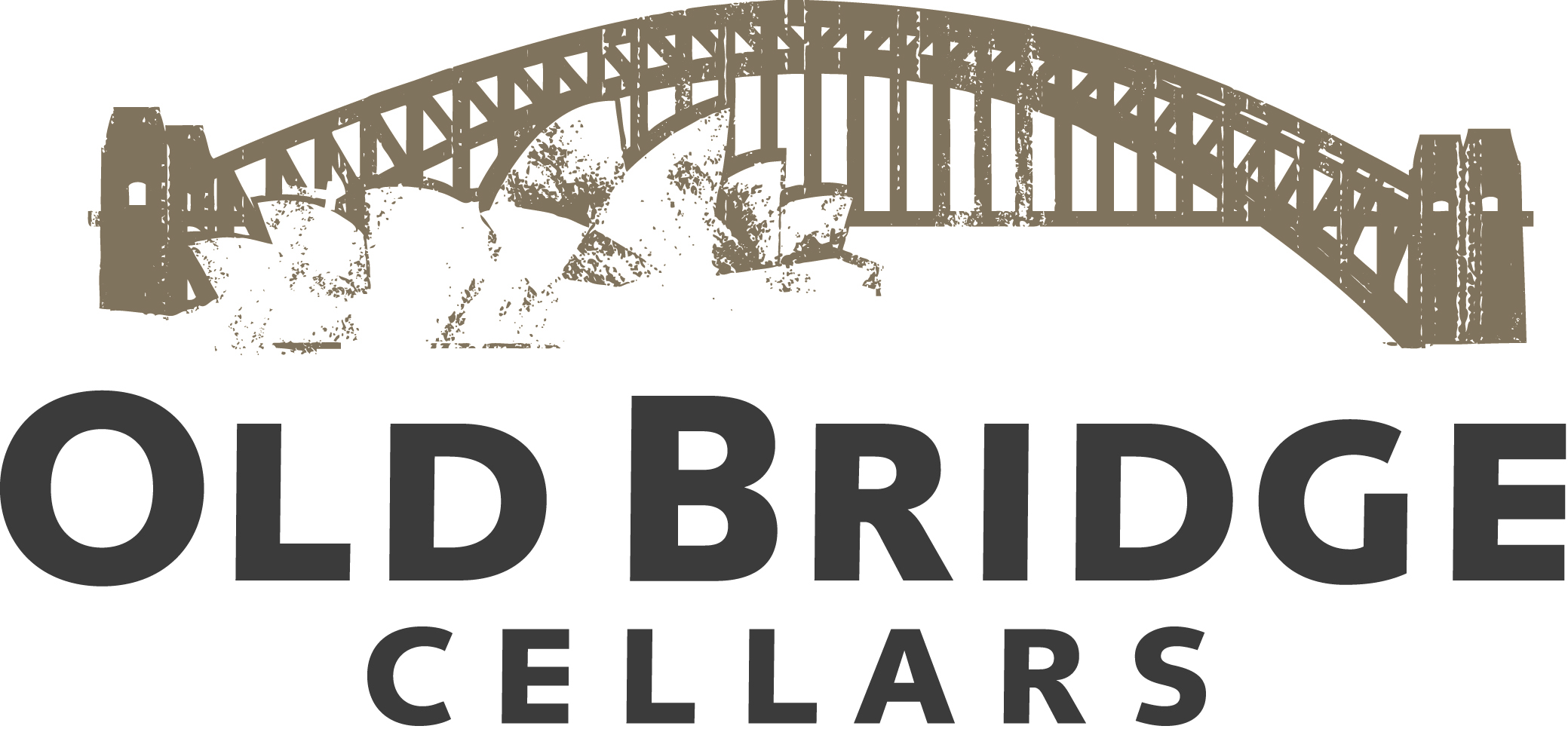Soil, Not Grapes is the Latest Must Know When Picking a Wine
Bloomberg
January 25, 2017
by Elin McCoy
OK, you know the names of dozens of grape varietals and wine regions and all (well, almost all) the Bordeaux crus classes. You can name with ease the best Burgundy chateaux and famous vineyards such as Napa’s To Kalon.
But you’re not done yet.
Now it’s time to bone up on the latest must-know: the “dirty” side of wine. Not the geographic region, grape, or vineyard, but what’s below the surface of the land, where vine roots sink deep into the earth that (supposedly) gives a wine its true character and quality. Soil type is the latest way to classify wines.
At the James Beard Award-winning Husk restaurants in Charleston, S.C., and in Nashville, wines on the list are organized by rock type—limestone, granite, slate, volcanic. Under limestone, you’ll see a white from Portugal; under granite you’ll find two Beaujolais reds from Fleurie.
More and more bottles are highlighting their rock roots right on the bottle as well. The first cabernets from Argentine billionaire Alejandro Bulgheroni’s brand-new estate in Napa, which are being launched next month, include two wines in a so-called Lithology line. Each features a different type of rock on the label.
Film producer and wine entrepreneur Mark Tarlov and Burgundian powerhouse winemaker Louis-Michel Liger-Belair, who are behind Oregon pinot noir winery Chapter 24 Vineyards, are also pushing the importance of identifying soil on the label in their Fire + Flood wines.
“If you prefer the Fire,” asserts Tarlov, of his pinot grown in volcanic soil, “you’ll like wine from volcanic rocks, with smoky, savory flavors, like those from Sicily’s Mt. Etna. People who prefer the Flood [grown in sedimentary soil] are river people, who go for wines that are supple, rounder, and smoother, like Bordeaux.”
True, the concept that specific flavors are being transmitted from rocks to vines is not exactly backed by scientists—“Vineyard geology can’t be tasted in wine in any direct way,” says Dr. Alex Maltman, a geologist at Aberystwyth University—but many winegrowers remain convinced. Which means wine lovers should get prepared…
Volcanic
A catch-all name for varied soils born in fiery explosions includes pumice, lava ash, and basalt. The wines often show smoky aromas, dark, earthy flavors, and mouthwatering acidity.
Bottle to Buy: 2012 Chapter 24 Vineyards The Fire ($60)
Vibrant and sparky, this pinot from Oregon’s Willamette Valley has plenty of bright energy and power with a spine of minerality.
Download the PDF of the article here
